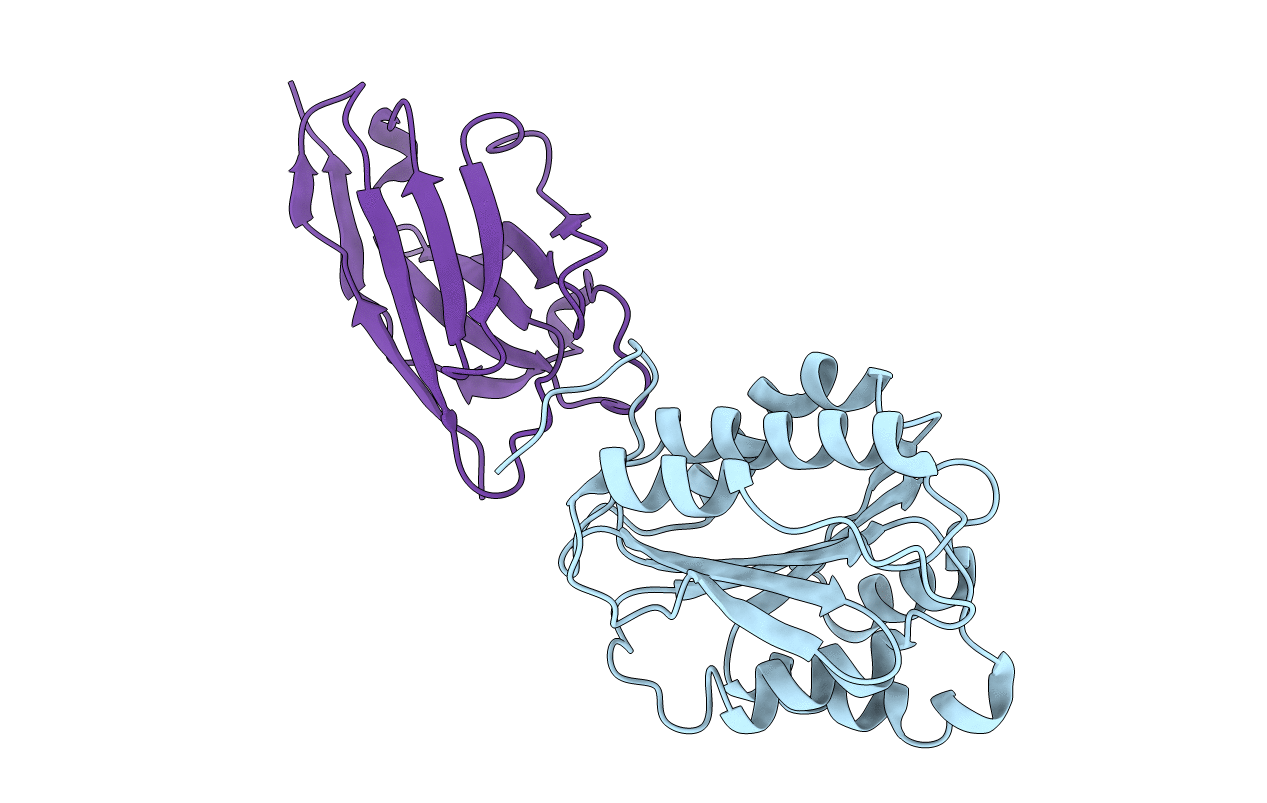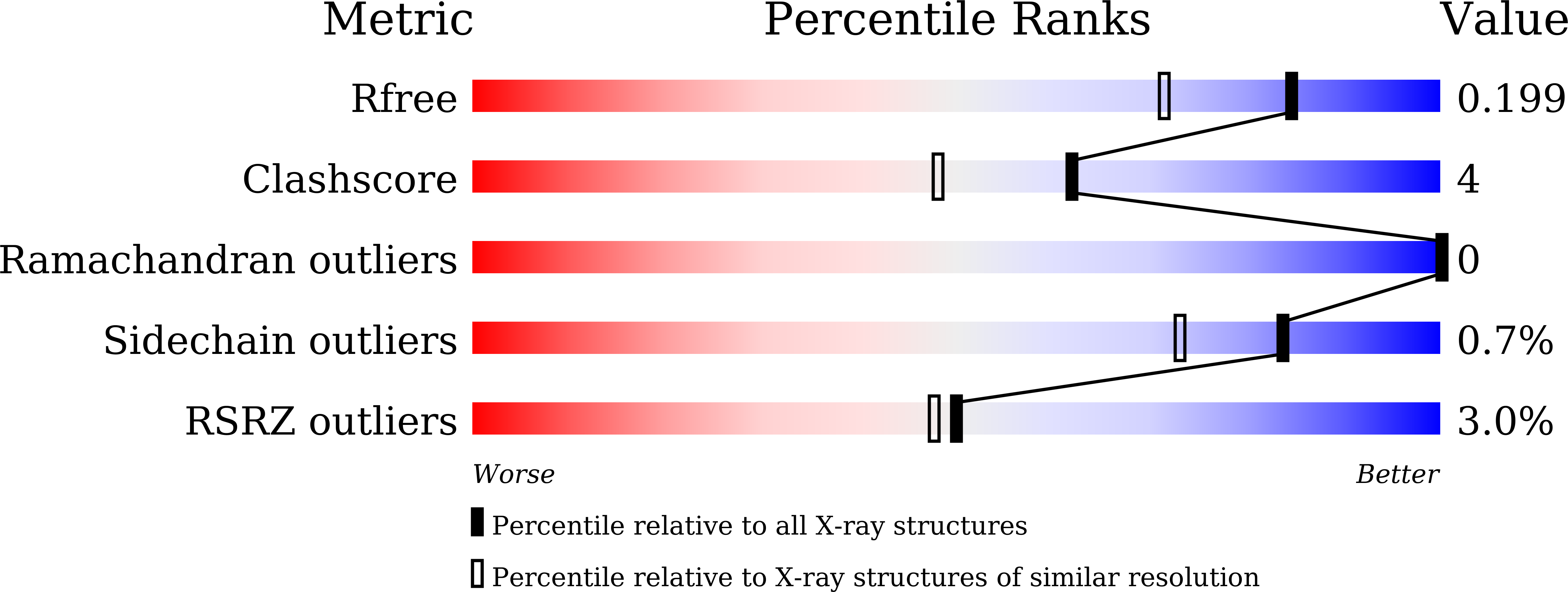
Deposition Date
2021-04-23
Release Date
2021-07-07
Last Version Date
2024-11-13
Entry Detail
PDB ID:
7EOW
Keywords:
Title:
High-resolution structure of vWF A1 domain in complex with caplacizumab, the first nanobody-based medicine
Biological Source:
Source Organism:
Homo sapiens (Taxon ID: 9606)
Host Organism:
Method Details:
Experimental Method:
Resolution:
1.60 Å
R-Value Free:
0.19
R-Value Work:
0.17
R-Value Observed:
0.17
Space Group:
P 61


